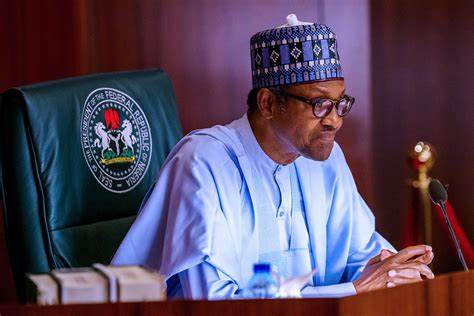
President Muhammadu Buhari has condoled President Cyril Ramaphosa, the people of South Africa and the Anglican Communion over the death of Archbishop Emeritus, Desmond Tutu.
President Buhari’s condolence message was contained in a statement issued by his Spokesman, Mr Femi Adesina, in Abuja on Boxing Day.
The Legend earlier reported the death of Tutu, one of the voices against apartheid in South Africa, who died at the age of 90.
President Buhari stated that the demise of the iconic teacher, leader of thought, human rights activist, scholar and philanthropist, further creates a vacuum in a world in dire need of wisdom, integrity, courage and sound reasoning, which were qualities that the Nobel Peace Prize Winner, 1984, possesses.
The Nigerian leader stated that the historic role the late Archbishop Tutu played in the fight against apartheid will always be remembered.






